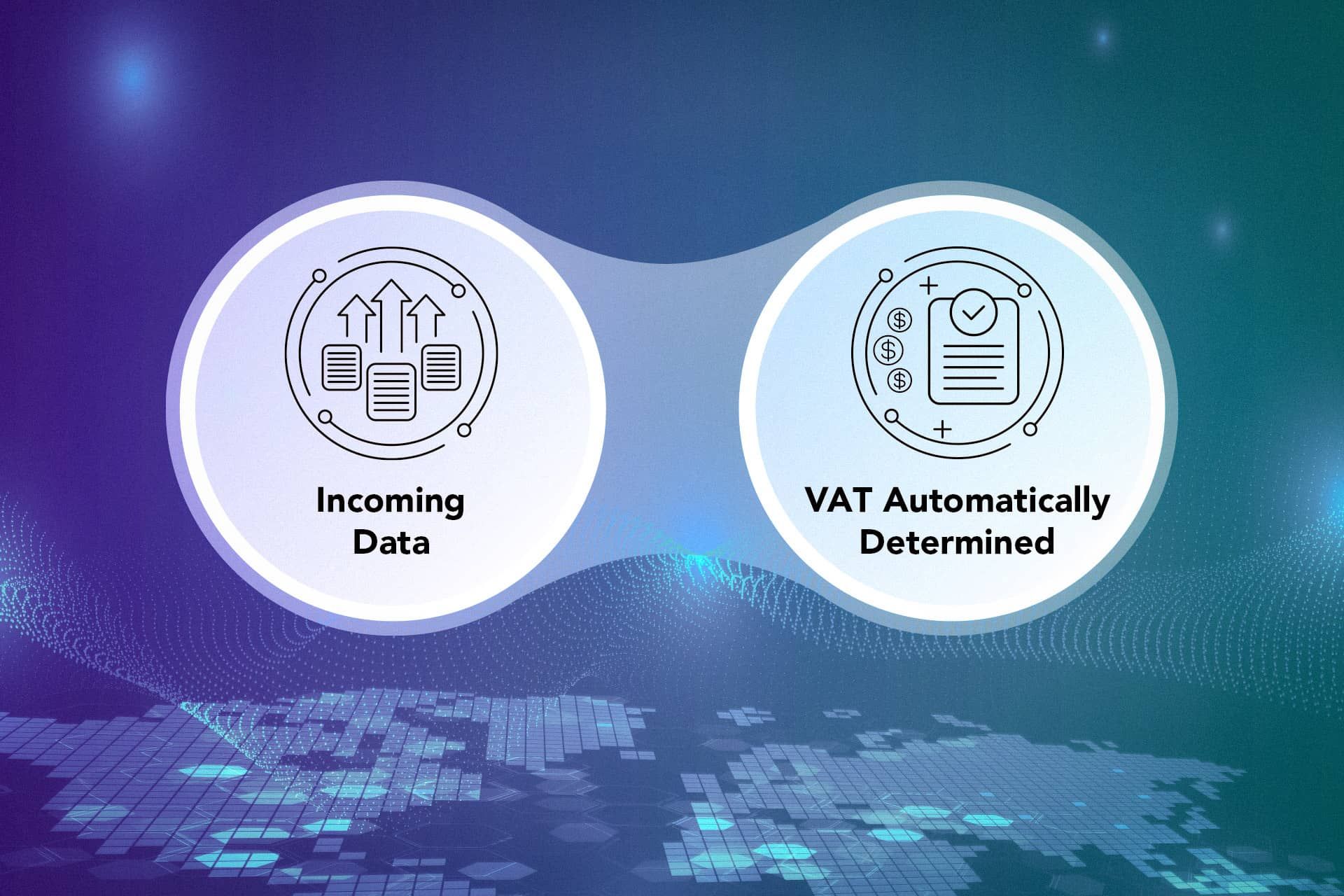SAP add-on for Automated VAT Determination for Ingoing Invoices
The Purpose of E-Invoicing Data Requests
The introduction of e-invoicing data requirements aims to combat VAT fraud. Tax authorities can perform real-time audits on submitted e-invoicing data to verify whether invoices comply with tax requirements.
Example: Italian FatturaPA validation
In Italy, the FatturaPA process (i.e. the digital invoice format and process through which companies in Italy are required to submit and exchange their invoices electronically via the tax authorities) involves automated checks to ensure:
- no duplicate file submissions;
- document integrity;
- authenticity of the signature certificate;
- compliance with invoice format and content rules;
- uniqueness and deliverability of each invoice.
Penalties for Non-Compliance
After the soft landing period, taxpayers face significant penalties for failing to meet mandatory requirements:
- Failing to issue an invoice or not meeting XML requirements in Italy can result in penalties of 90% to 180% of the VAT amount not correctly documented.
- Failing to receive a purchase invoice via the Italian SDI platform (Sistema di Interscambio) can lead to penalties equal to 100% of the undocumented VAT amount.
Similar obligations for specific companies also apply in Spain, particularly when dealing with certain subcontractors' government procurement.
The Challenge in SAP
While VAT determination logic for sales invoices is largely automated in SAP, this does not apply to purchase invoices. In practice, many incoming invoices are still processed manually. Accounts Payable (AP) clerks – typically not VAT specialists - must assign tax codes and determine the correct VAT treatment. This makes inbound invoices a high VAT risk area, and a critical focus point during real-time tax audits.
The KGT SAP Add-on Solution
Our SAP add-on for Automated VAT Determination for Ingoing Invoices addresses this challenge by automating VAT determination. The solution ensures accurate VAT processing without the need to retroactively adjust purchase orders, reducing compliance risks while streamlining invoice management.

Unlike sales invoices, VAT determination for purchase invoices is not fully automated in SAP. Accounts Payable clerks must manually assign tax codes, which increases the risk of errors and makes inbound invoices a critical focus during tax audits.
Incorrect VAT coding can result in non-compliance, rejected input VAT deductions, and penalties during real-time audits, especially in countries with strict e-invoicing obligations such as Italy and Spain.
The add-on automates VAT determination for incoming invoices, applying tax rules consistently and accurately. This reduces manual intervention, prevents errors, and minimizes compliance risks.
No. The add-on supports VAT determination without retroactive changes to purchase orders, ensuring a smooth integration into existing SAP processes.
Yes, this is highly recommended. While scanning robots or OCR solutions automate data capture and posting, they do not validate or determine the correct VAT treatment. The KGT add-on for Automated VAT Determination for Incoming Invoices ensures accurate VAT coding and compliance, complementing scanning technology.

